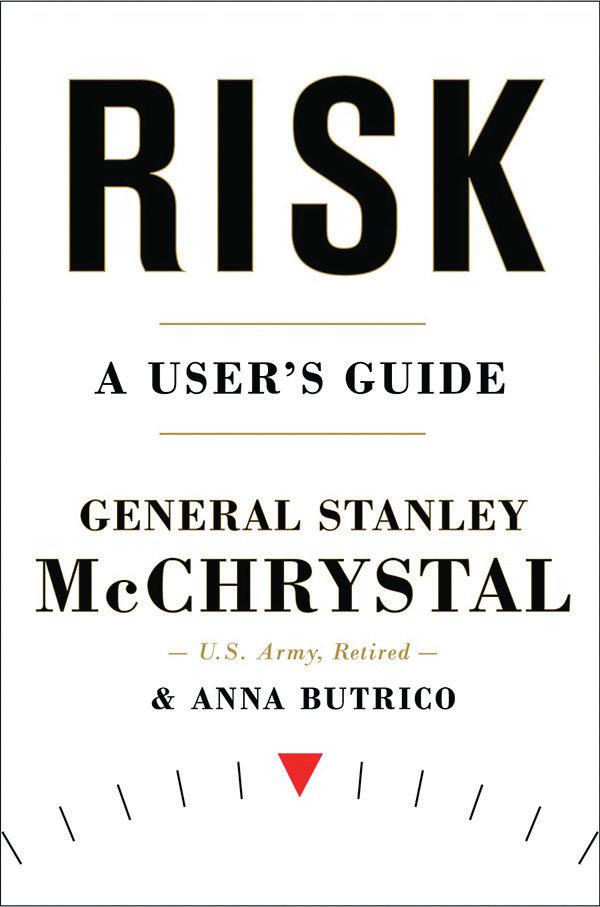
4 minute read
Pingry Creates
BOOKS, BUSINESSES, BEAUTIFUL ARTWORK, AND MORE — TAKE A PEEK AT WHAT OUR COMMUNITY MEMBERS HAVE BEEN UP TO
Chris Hoffman ’65, ecopsychologist,
poet, retired organization development consultant, and licensed professional counselor, has had his classic on ecopsychology and spirituality published in a 20th anniversary edition, revised and expanded. The Hoop and the Tree: A Compass for Finding a Deeper Relationship With All Life (Council Oak Books) is about the deep structure of psychological and spiritual wholeness that helps us lead lives of balance and fulfillment.
Joseph Bruchac, Nulhegan Abenaki Nation, author of Our Stories Remember and the bestselling Keepers of the Earth series, says: “I admire the gentle simplicity of this book, the way it endeavors to connect us back through the power of story and the healing strength of nature—to the rootedness that so much of the modern world has lost. In our Native traditions, we speak of seven generations, how our deeds will affect those who come long after us. A deep understanding of that responsibility is at the heart of The Hoop and the Tree.” More information is available at hoopandtree.org.
Dr. John Stibravy ’68 has written Counseling Sudden Cardiac Arrest Survivors (edited by Tony Smith, Ph.D. and Becky Gringas, D.P.A.). The book was written by a survivor and includes reviews of numerous research studies on delusions, depression, insomnia, childhood trauma, anxiety, anger, burnout, low selfesteem, and nightmares, all relative to sudden cardiac arrest.
Paul W. Downs ’00
won an Emmy Award for “Outstanding Writing for a Comedy Series” for the new HBO Max comedydrama series Hacks. He shared the award with writing partners Jen Statsky and Lucia Aniello; the trio created the show, which premiered on May 13.
Dr. Bess Rowen ’05, Visiting Assistant Professor of Theatre at Villanova University, has written The Lines Between the Lines: How Stage Directions Affect Embodiment (University of Michigan Press), the first major theoretical study of stage directions; the book is a reworking of her dissertation.
“While stage directions do cover entrances, exits, and other positions on stage, I am more interested in stage directions that discuss a character’s thoughts or the motivations for what they’re doing,” she says. “These lines have often been ignored by actors and directors, who see them as signs of the performances and interpretations from actors and directors before them. Some of this is true, but there are also examples of playwrights who are using these stage directions as unspoken lines between the lines of dialogue, hence my book’s title.”
Dr. Rowen became interested in stage directions when she ended up being the stage manager of Lehigh University’s

production of Sarah Ruhl’s The Clean House during her senior year. “I spent a huge amount of time looking at her stage directions. They struck me as . . . different. But I couldn’t articulate why at the time,” she recalls. “When I went to NYU to get a Master’s in Performance Studies, I ended up writing about how sorority handbooks have these rules that an outsider can only tell by observing how the sorority member behaves. This connection between words written for the body—instead of written to be spoken—stuck with me.” Her interest in theater started at the Lower School, and she grew to love acting, performance theory, and teaching as she progressed through Pingry and college.
Anna Butrico ’14, who works at the management consulting firm McChrystal Group, is co-author of Risk: A User’s Guide (Portfolio, a division of Penguin). She wrote the book with the company’s namesake, retired four-star U.S. Army General Stanley McChrystal, who was Commander International Security Assistance Forces — Afghanistan, and Director, Joint Staff and Commander Joint Special Operations Command. Ms. Butrico had consulted at the firm for 10 months before becoming General McChrystal’s speechwriter for domestic and international audiences (she quoted Aristotle’s Rhetoric during her interview). He then asked her to serve as co-author of this book (his fourth; her first). “We had decided we’d write a book about risk before the pandemic occurred, but quickly realized in 2020 that the story of COVID-19 would influence how we think and speak about risk,” she says. “After a year of studying the pandemic, as well as examining military vignettes and tales of technological miracles and historical snafus, we discovered that the greatest risk to us—is us. Our book helps organizations better detect, assess, and respond to risk, and learn from the process.”
From the McChrystal Group’s website: “. . . McChrystal has seen how individuals and organizations fail to mitigate risk. Why? Because they focus on the probability of something happening instead of the interface by which it can be managed . . . there are, in fact, 10 dimensions of control we can adjust at any given time. By closely monitoring these controls, we can maintain a healthy Risk Immune System that allows us to effectively anticipate, identify, analyze, and act upon the ever-present possibility that things will not go as planned.”









